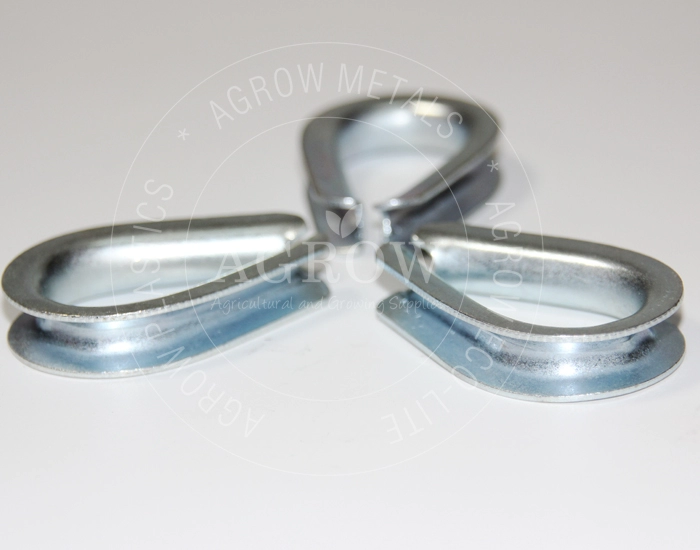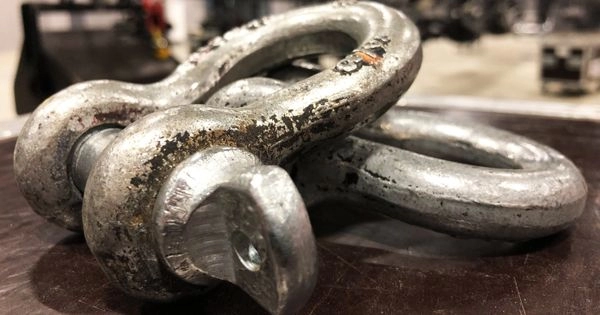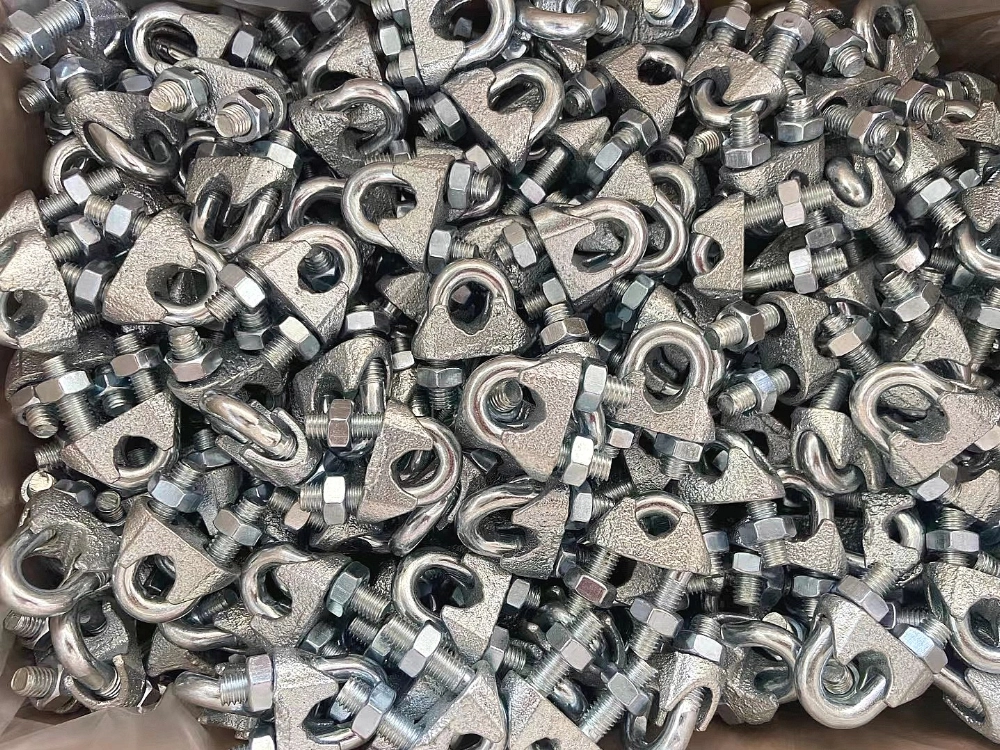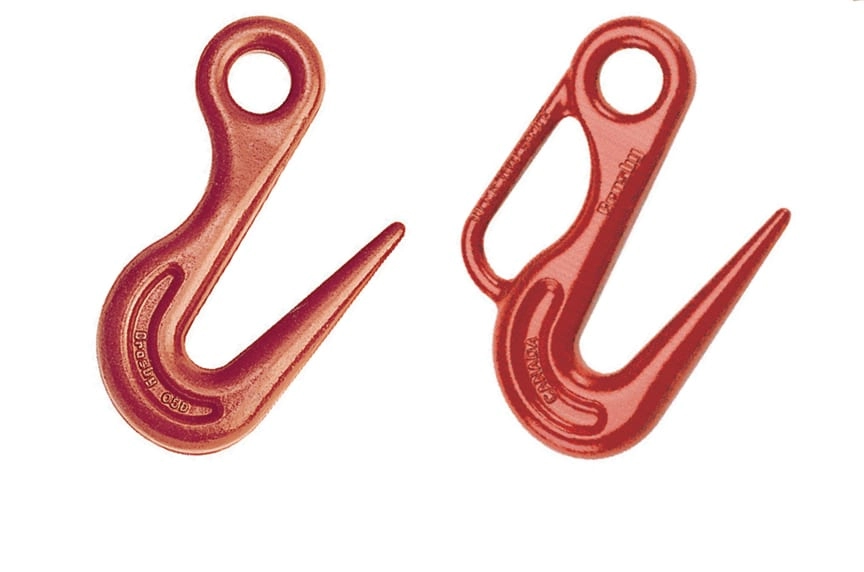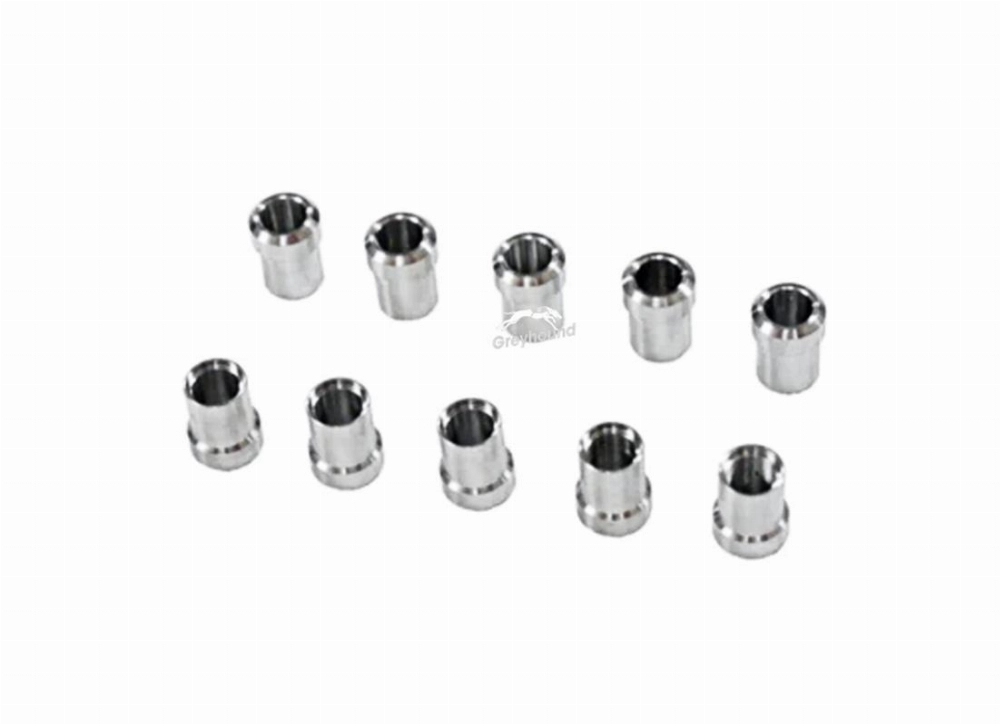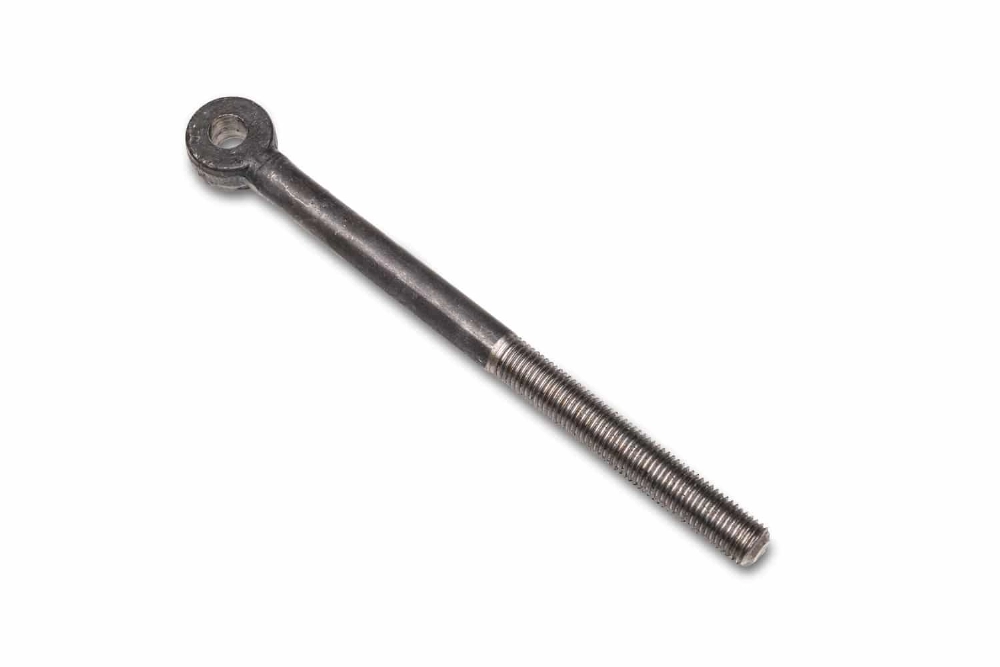Need help? Write to us info@hqlifting.com
- Charging Accessories
- Lifting accessories
- Steel Cable
- Beam cart
- Turnstile for load securing
- Load Ratchet Strap
- Lifting current
- Chain for Load Lifting
- Lifting equipment
- Slings
- Steel Cable Tensioner
- Polyester slingshot
- Load binders
- STEEL HOOK
- Steel Cable Clamp
- Electric winch
- Permanent magnets
- Steel Cable Clamp
- moitão
- Carabiners
- Screw With Eyelet
- Lifting Clamp
- Talha Manual
- Uncategorized
Call our consultants or chat online
+86 151 4514 5178
Different Types of Manilhas Explained for Better Understanding
When performing rigging operations involving shackles, it is crucial to select the right type of shackle for your application. The correct shackle ensures safe and efficient rigging operations, allowing you to complete your tasks without unexpected issues.
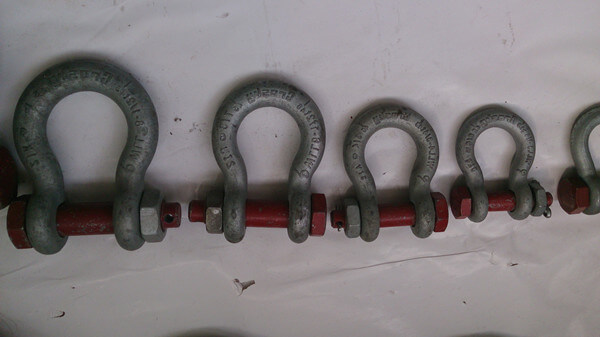
A shackle is a U-shaped or jaw-shaped connecting link used to connect lifting slings, steel cables, chains, and ropes, suitable for various rigging, lifting, pulling, and hoisting applications.
The design with a removable pin makes it ideal for temporary lifting operations or for quick connection and disconnection.
Different types of shackles
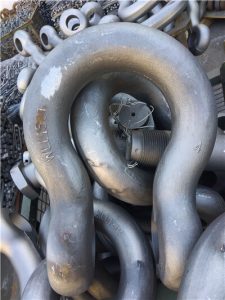

Before we dive into the types, let's first identify the components of a shackle: the body and the pin. There are various types, styles, and sizes of shackles, which can make choosing the ideal shackle for your rigging job difficult. The shape of the shackle body significantly affects its potential uses. Here, we will describe the essential differences between the most common types of shackles.
Essentially, there are four types of shackles, with two types of shackle bodies and two types of shackle pins.
- Shackles in D versus Anchor Shackles (or Bow Shackles)
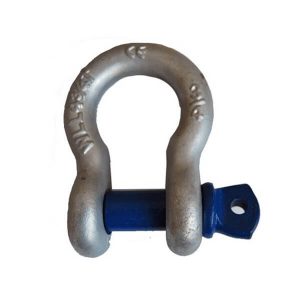
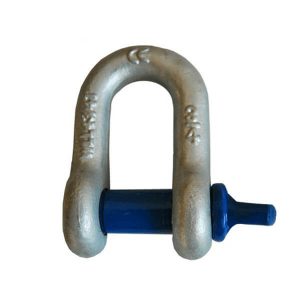
- Bow Shackles/Anchor Shackles: These terms are often used as synonyms. Anchor shackles or bow shackles have a larger rounded shape, providing a bigger internal area, allowing them to support loads from various directions without significant side stresses. This makes them suitable for multi-leg slings, connecting slings to load eyes, and accommodating wider straps.
- Chain Shackles/Shackles in D: Chain shackles, also known as D-type shackles, get their name from their "D" shape and are often used to connect two components in a tension line. Bow or anchor shackles are more commonly used when multiple accessories are needed, as side loads and torsion forces can deform or bend a D-type shackle.
- Types of Shackle Pins: Shackles with Threaded Pins vs. Shackles with Threaded Pins and Cotter Pins
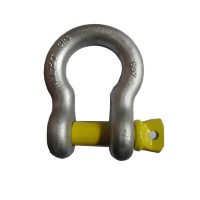
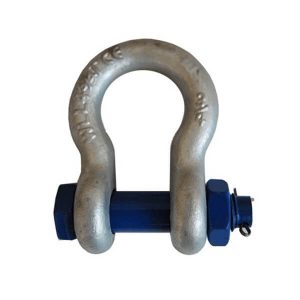
- Wedges with Threaded Pin: Shackles with screw pins are ideal for quick connection or disconnection of two components, with the pin easy to insert and tighten. These shackles have a lower risk of the pin coming loose during lifting, but they are not recommended for permanent or long-term installations.
- Wedges with Threaded Pin and Cotter Pin: Also known as shackles with safety pins, they use a combination of screw/nut/cotter pin, making them safer because they do not come loose during use. Shackles with threaded pins and cotter pins are versatile and can be used in a variety of applications, especially in lifting, where a common pin or threaded pin can be used.
Anchor shackles with screw pins are used for static loads, side loads, and multi-leg directions, while anchor shackles with threaded pins and cotter pins are suitable for applications involving movement or semi-permanent to long-term connections.
To learn more about the different types of manilhas, visit our blog em hqlifting.
Share:

June Han /founder and designer
The co-founder of Hqlifting, sales director, amateur writer about fitness business

